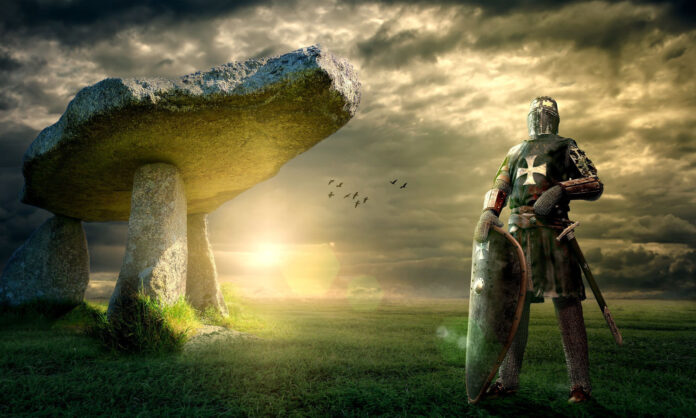
In an article for Writer’s Digest, Emily Lloyd-Jones shares five ways to use myths and legends in your writing. “You can find mythology-inspired fiction on nearly every bookshelf, whether it’s romance or fantasy or science fiction or literary fiction,” she says. “We’ve been retelling the same tales, putting our own spin on them, for thousands of years.”
Here are five ways Lloyd-Jones has used recycled myths and legends in her writing:
- Define the narrative. Myths have universal themes of desire, fear, anger, and regret. “By distilling a myth down to those core emotions, writers can get at the most relatable elements of a story,” Lloyd-Jones writes. “Dig into what makes a myth so well-liked, and you can improve the relatability of your own writing.”
- Look beyond retellings. Instead of retelling the myth directly, consider using elements to inspire or expand your story. “You can use settings, plot points, or characters from mythology and include them in anything from a modern literary short story to a zombie horror novel,” Lloyd-Jones notes.
- Find the human element. The best remembered myths feature a memorable central character, even if they are gods and demi-gods. The trick is that those characters are motivated by human emotions. “Whether you are writing from the perspective of a famous mythological figure or creating your own character, determining their motivation will make them compelling to your readers,” Lloyd-Jones writes.
- Flip the perspective. Many writers have mined myths and legends by portraying the story of a villain or minor character.
- Have fun. Not all mythological characters are serious. In Welsh folklore, corgis were believed to be steeds, spies, and messengers for the fairies. “That inspired me to write Trefor, a magic-sniffing dog in The Drowned Woods,” Lloyd-Jones says. “Not all myths have to be serious! If you’re having fun, odds are that your readers will be having fun, too.”











